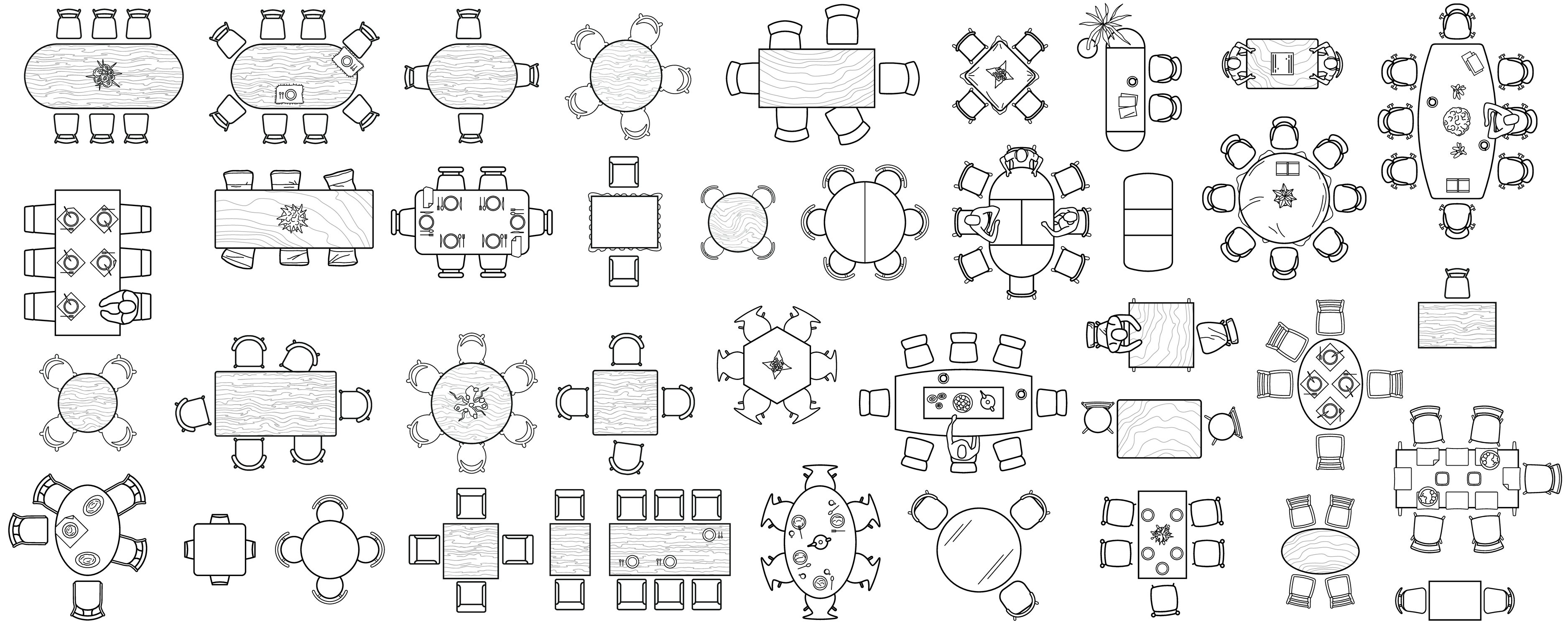How-to Guide on Mapping the Customers Journey Through Your Retail Store

Achieving maximum success with your retail store will require you to thoroughly understand your customer’s experience and make every step of their interaction with your store a comfortable, enjoyable and easy one. However, that’s a nearly impossible task to undertake as there’s no sure-fire way to ensure a good customer experience.
This is where customer journey mapping comes in. They have proven to be an effective means of identifying the strengths and weaknesses of the customer experience you’re providing. However, they only work if you use them properly.
This article offers a summarised guide on mapping your customers' journey through your retail store.
What is customer journey mapping?
Customer journey mapping is the process of creating a customer journey map, which is a visual story of your customers’ interactions with your brand and retail store. It effectively allows you to put yourself into your customers' shoes and view your business from their perspective.
These maps are a visualisation of an end-to-end customer experience and can take many forms, such as infographics, illustrations and diagrams. They are used to illustrate all the places and touchpoints your customers come into contact with your brand, either online or offline.
You can then use this information to conduct a thorough analysis of your brand, products and processes through the customer’s lens so that you can visualise their literal journey through the funnel.
Why do you need customer journey mapping for your store?
Advancements in technology and the digital revolution has changed marketing from what it once was. A decade to two decades ago, the consumer buying process was heavily based on the traditional, linear customer funnel.
However, consumers now have an endless number of ways to interact with businesses than ever before. Put simply, this means that a customer’s path to purchase is not as linear as the funnel model would have us believe – shifting the focus from getting people into your funnel to delivering a quality customer experience.
Today’s consumers want their experience with a brand to be connected, seamless and easy – and customer journey mapping helps inform what you need to do to reach this goal. Customer journey mapping is useful for many reasons, the top ones being that it is a strategic approach to better understanding your customers' expectations and plays a crucial role in optimising the customer experience.
By customer journey mapping, small and midsized businesses can create personalized experiences across all touchpoints for every individual, across all channels. Some of the benefits you can look forward to are:
-
Identifying customer pain points: You can find out how your customers feel, what their needs are, what actions they’ve taken, and what questions they may have at every single step of the customer journey. Using this information, you can acknowledge and address all questions, queries and issues to improve your customer experience.
-
Improving customer retention: A customer journey map takes into account a customer’s steps long before they enter your store to long after they’ve made a purchase. By knowing what customers are happy and unhappy with will help you to improve your strengths and weaknesses, and thereby improve your customer retention.
-
Improving your marketing efforts: Customer journey mapping provides valuable insight and a more holistic understanding of what decisions your customers make, why they make them, and which platforms are they using the most. This will allow you to create campaigns that are tailored to address their needs on those specific platforms.
-
Understanding your customer better: By learning all the touchpoints your customers interact with, you gain a better understanding of how your buyer personas navigate through your conversion funnel. This information then helps you personalize your marketing strategies.

How to create a customer journey map
There are 5 distinct phases that individuals navigate throughout the customer journey. They are:
-
Awareness: This is where consumers first become aware of you through PR, advertising on radio, TV and print, word-of-mouth, and online displays and ads.
-
Consideration: Here, potential customers will research or learn more about your brand and products to consider whether or not they should purchase from you. This can be through organic searches, paid content, emails, websites and landing pages, social media, or direct emails.
-
Purchase: At this stage, consumers will decide to purchase from you through whichever methods are available, either by visiting your store or a branch, contacting an agent or broker, or buying via your mobile app or website.
-
Retention: This is the service and support you provide to customers once a purchase is made. This consists of having web self-service portals, online chat channels, social media channels and call centres available to customers in case they need to contact you regarding their purchase.
-
Advocacy: The last phase refers to fostering loyalty and advocacy for your brand in your customers by offering promotions, blog content, newsletters, loyalty programs, surveys and offers in the invoice.
It’s the way your customers navigate and interact with these phases that will help your map your customer journey. There’s no one-size-fits-all approach or singular template for each retail store. However, there are a few steps you can follow to construct your map. These are:
-
Craft your buyer persona
Understanding who your customer is key to selling them your products or services. To do this, you need to develop your buyer personas – emphasis on the plural, as you’ll have many customers and each will differ from the next.
Furthermore, individuals behave differently and interact with your business differently at various stages on the journey. For instance, someone who has done their research and is ready to purchase will differ greatly from someone who has just begun to think about your product or service.
Therefore, you need these different buyer personas to inform the way you craft your customer experience.
-
Understand your consumers' goals
Always remember that the reason your consumer is even considering purchasing your product or service is that they want a solution to a problem or particular need they currently have. For example, someone would buy a broom because their floor is always dusty or buy a pair of sneakers because they need new shoes.
Customer journey mapping will help you understand what consumers hope to achieve and what their ultimate goals are in each phase. This could include them researching different available options, ensuring that they’re paying a fair price, or seeking reassurance that they won’t regret their purchase.
Identify all the potential paths your customer could take from start to end and list the touchpoints and the goals associated with each as you go along. Once you’ve gathered this data, you can then analyse how well your company is meeting those goals and answering customers’ questions and queries.
-
Identify buyer touchpoints
A touchpoint is any time a customer interacts with your brand throughout the customer journey – before, during and after a purchase is made. This, of course, includes contact that happens offline or online, through marketing, in person, or over the phone.
Naturally, some touchpoints will have more influence than others, like bad customer service or a product being of poor quality. However, you’ll want to account for every single touchpoint, no matter how small or seemingly harmless.
By doing this, you’ll always be on top of things and never miss an opportunity to make improvements that will enhance the customer experience.
-
Identify buyer pain points
Nothing hurts business more than customers experiencing challenges, obstacles or pain points while dealing with your brand. The goal is to mitigate pain points as much as possible so that consumers can have a seamless customer experience. Be sure to take note of the areas where you’re satisfying customers and figure out if you can improve upon this.
-
Address and prioritise attending to challenges and obstacles
Once you figure out your customers' pain points, then you need to prioritise fixing them. Listen to your customers and address their issues so that you can obtain more conversions.
-
Continuously update and improve your map
An outdated customer journey map will be of no use to your business. Your customers are always changing and evolving, and your company needs to adapt to them. Keep up with your consumers by regularly updating and improving your map – we would suggest every 6 months or so.
Need help implementing your plans?
When you’ve finally figured out the best plan of action to take with your retail store, it’s time to get in some professional help to implement your solutions. Customer journey mapping are great for strategizing and plotting the way forward, but once you have a solid plan, you’ll need guidance from a specialist.
And we know where to find the right expert for the job.
Contractors.Direct offers a curated database of thoroughly vetted, quality fit-out contractors, interior designers and interior architects who can bring your vision to life, on time and on budget. Get in touch with us and we’ll be happy to connect you with the right people for the job.

Written by Kirsten Delcie
As a seasoned project professional, Kirsten has been curating and creating content for Contractors Direct since the company's inception. Her diligent research methods and style lend themselves to the valuable insight driven blog posts you see here. Outside of content creation Kirsten is an avid reader and scuba diver and combines both as often as possible!
Ready for a Stunning New Space?
Dream for a new look for your space? Make an appointment today for the perfect contractor for you. We'll work with you to make your vision a reality.
Related Posts

Why Space is an Essential Element in the Customer Journey in a Restaurant
If you want a successful restaurant, you need to ensure that your customers...

6 Elements of Restaurant Interior Design & How They Influence Customers | Contractors Direct
The psychology behind interior design is a fascinating topic that many studies...

